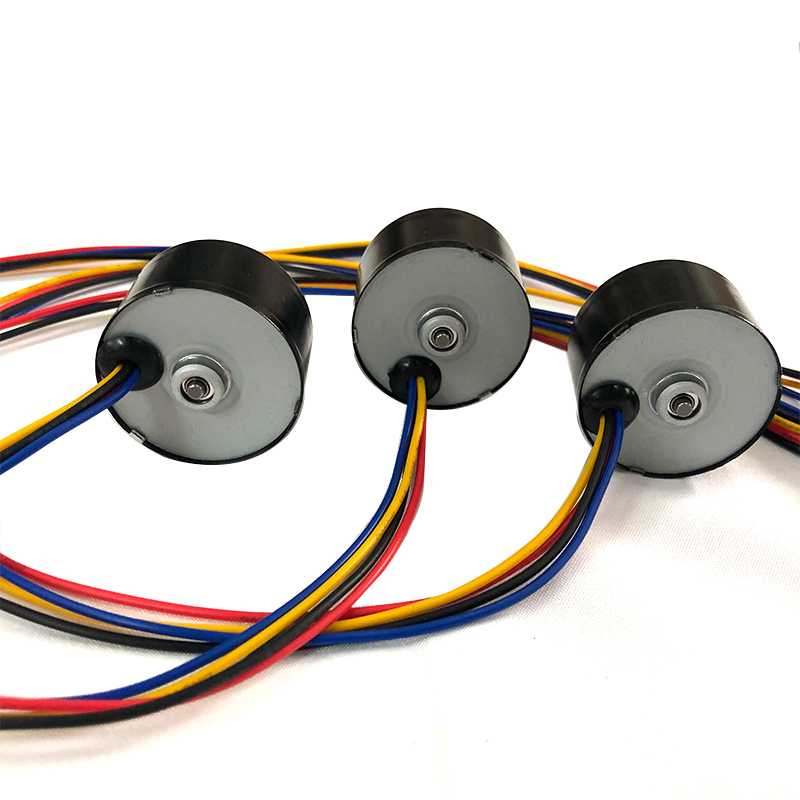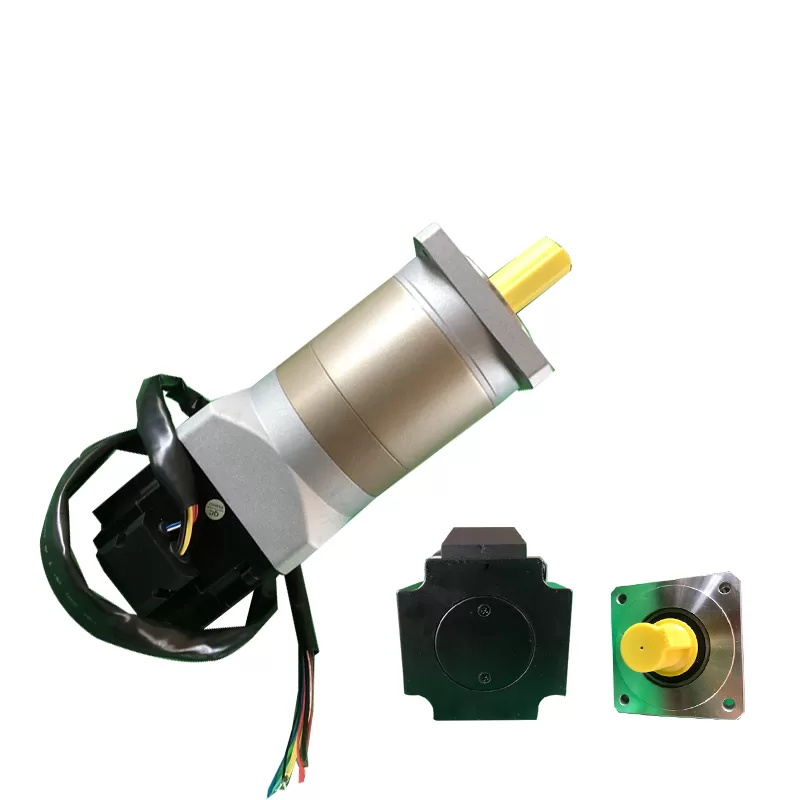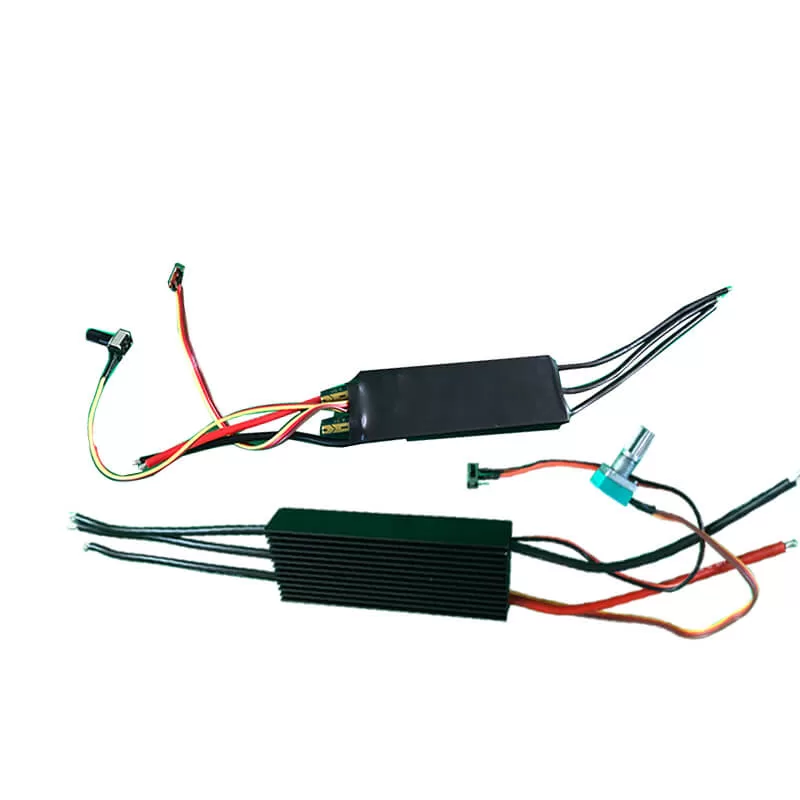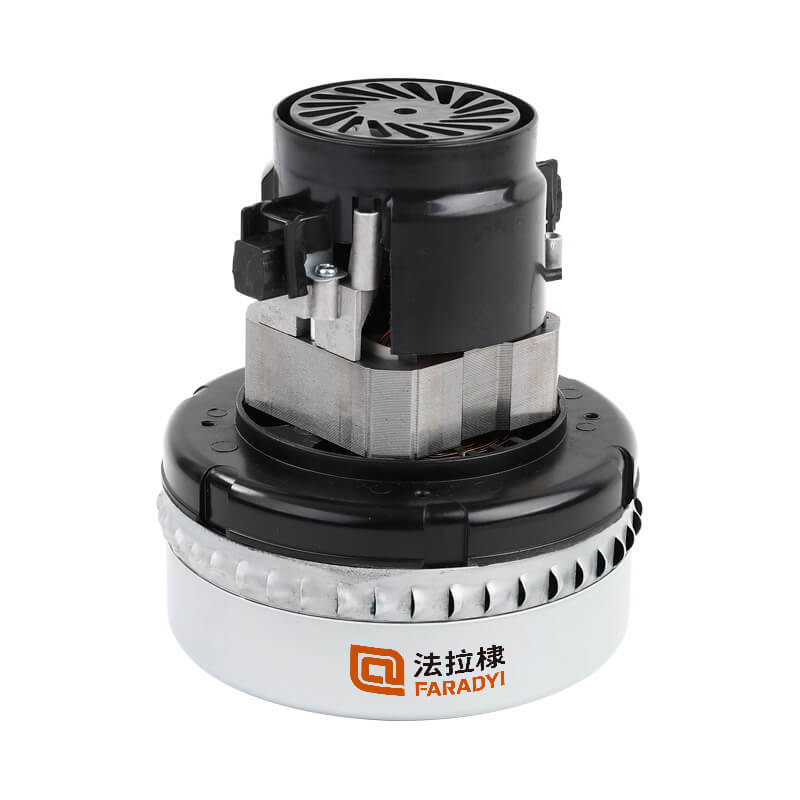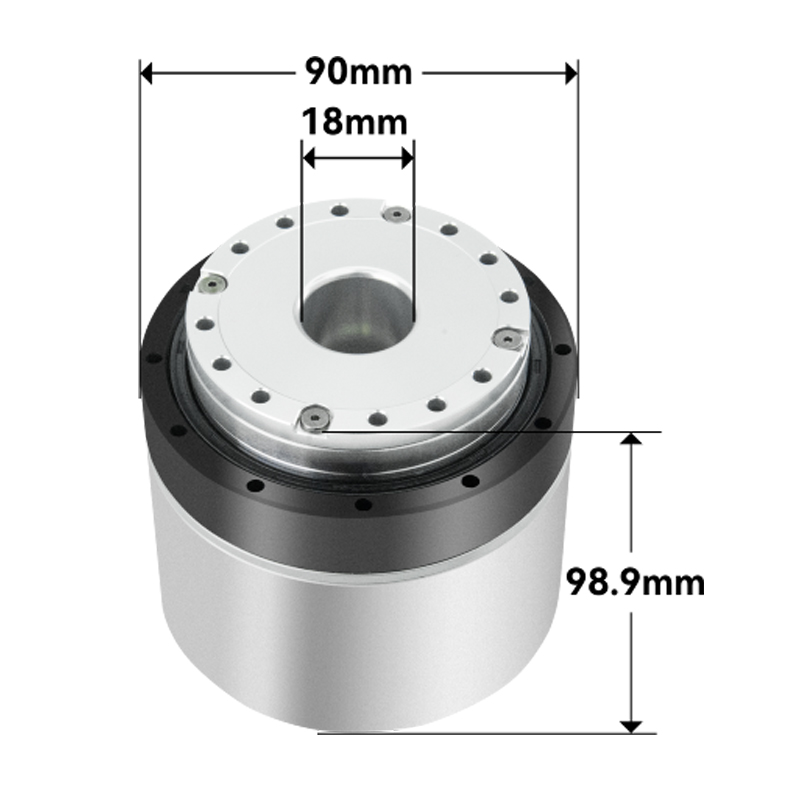DC servo motor encoders are rotational sensors that convert rotary displacement into a series of digital pulse signals. These pulses play a crucial role in controlling angular displacement, and when coupled with gear racks or screw threads, they can also be utilized for linear displacement measurements.
DC servo motor encoders fall into two main categories: absolute encoders and incremental encoders. Absolute encoders translate angular or linear displacement into electric signals, with the former referred to as a “code disk” and the latter as a “code strip.” The reading method categorizes encoders into contact and non-contact types, while the operating principle divides them into incremental and absolute types.
- Incremental Encoders:
-
- Incremental encoders generate pulses during rotation, and their position is determined by counting these pulses. When the encoder is stationary or experiences a power outage, it relies on the internal memory of the counting device to retain its position. However, this method poses challenges. Powering down the encoder may cause it to lose its position, leading to inaccuracies in subsequent operations. Incremental encoders transform displacement into periodic electrical signals, then convert these signals into counting pulses, representing the magnitude of the displacement. It’s crucial to note that incremental encoders may experience issues with power interruptions, potentially leading to a loss of pulses. To address this, methods like finding a reference point before operation are commonly employed in industrial control systems.
- Absolute Encoders:
-
- Absolute encoders, specifically rotary optical encoders, offer unique advantages. Each position on the encoder’s code disk corresponds to a unique digital code, ensuring absolute uniqueness and resistance to interference. Absolute encoders do not rely on power or external memory to retain their position. The code disk contains multiple engraved lines arranged in binary code (Gray code), ensuring a unique binary code for each position. Absolute encoders provide precise measurements of angles, lengths, and positioning control in various industrial systems. They eliminate the need for finding a reference point during power-up, ensuring accurate position readings from the moment power is applied.
- Single-Turn vs. Multi-Turn Absolute Encoders:
-
- Single-turn absolute encoders measure rotation within 360 degrees and are suitable for applications where a full rotation is sufficient. On the other hand, multi-turn absolute encoders, utilizing gear-driven mechanisms, extend their measurement range beyond 360 degrees, simplifying installation and reducing the need for zero-point calibration. The high precision, multiple output bits, and resistance to interference make absolute encoders an ideal choice for applications where reliability and accuracy are paramount.
In summary, the choice between absolute and incremental encoders in DC servo motor applications depends on the specific requirements of the system. Incremental encoders offer simplicity, while absolute encoders provide unparalleled accuracy, reliability, and resistance to external factors. Understanding these differences is crucial for optimizing the performance of DC servo motors in diverse industrial settings.
Dongguan Faradyi Technology Co., Ltd specializes in the development and production of DC servo motors, DC servo drives, and motion control products. Our team provides professional technical support and customized solution development for a wide range of applications.


